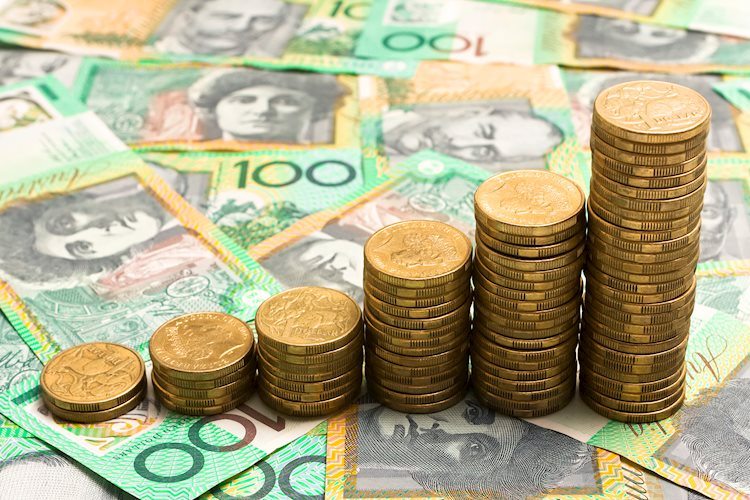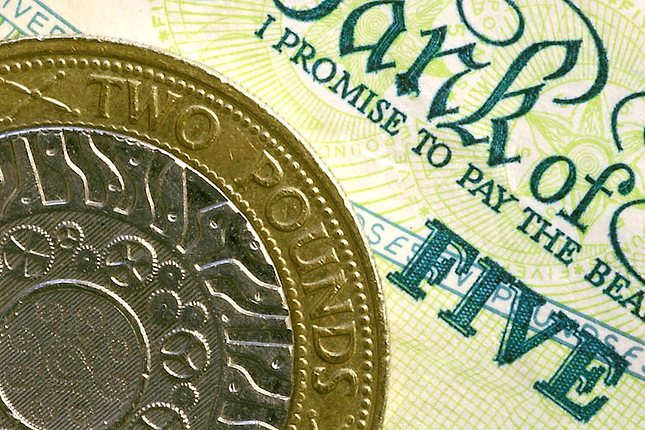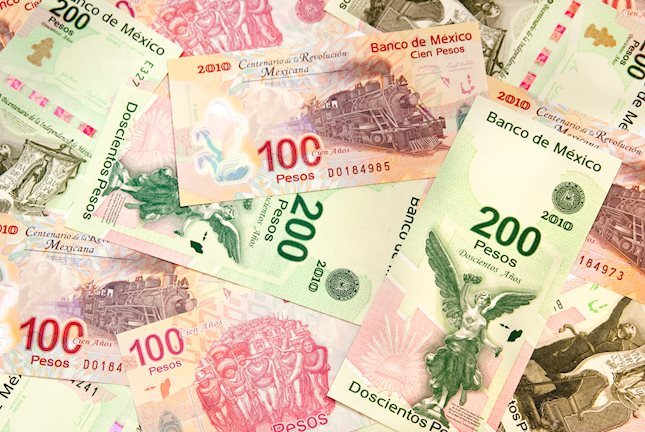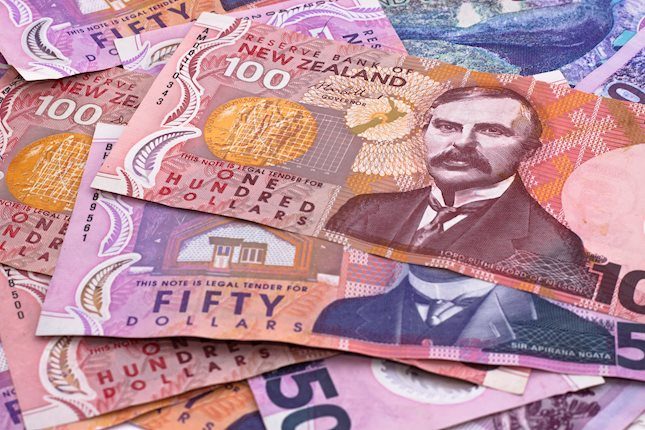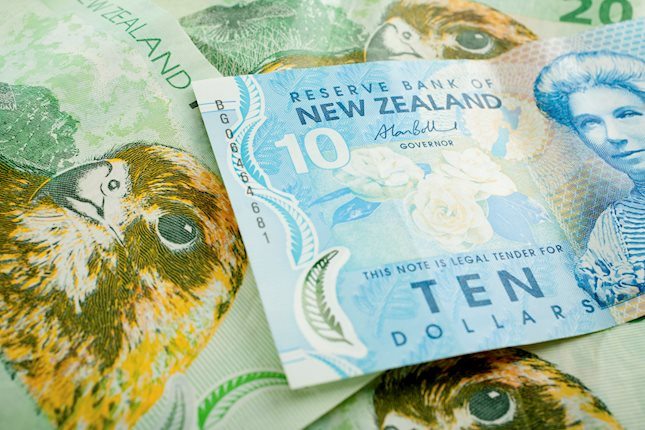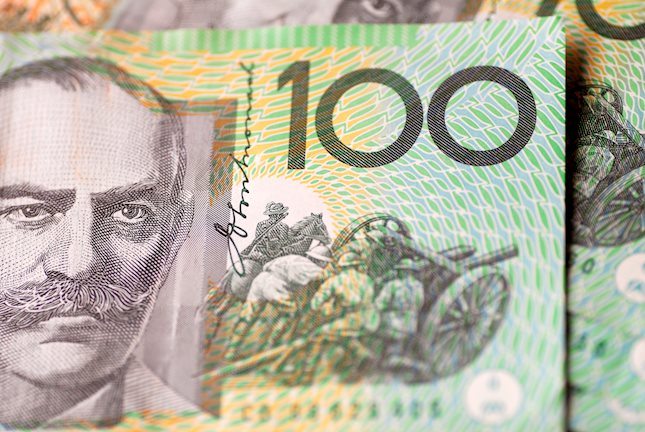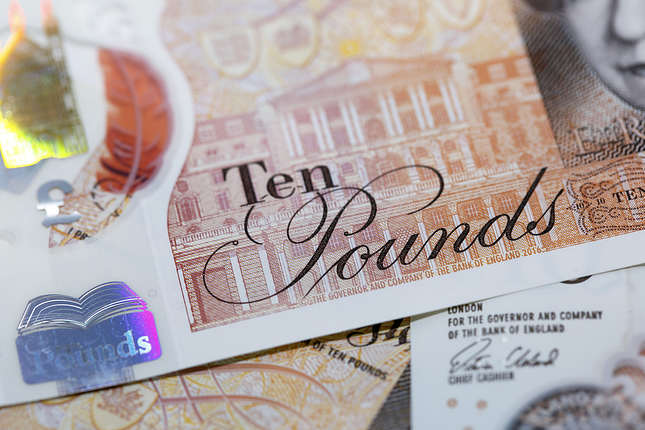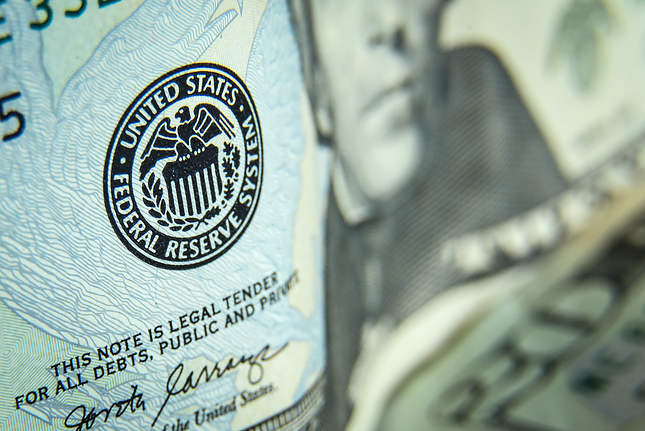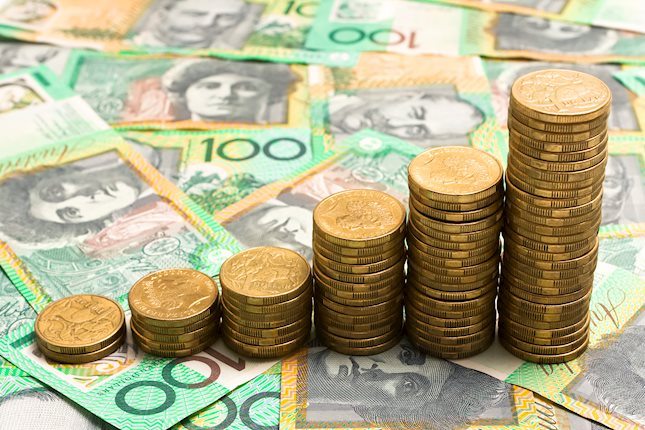AUD/USD Price Forecast: Rejection near 100-day SMA supports prospects for deeper losses
- AUD/USD meets with a fresh supply on Friday amid the emergence of some USD dip-buying.
- The overnight failure near the 100-day SMA and the technical setup favors bearish traders.
- A sustained strength and acceptance above the 0.6700 mark will negate the negative bias.
The AUD/USD pair fails to capitalize on the previous day's strong move-up to the 0.6700 neighborhood, or a two-week top and retreats from the vicinity of the 100-day Simple Moving Average (SMA) resistance. Spot prices extend the intraday descent through the first half of the European session on Friday and drop to the 0.6625-0.6620 region, or a fresh daily low amid a modest US Dollar (USD) strength.
Expectations that Trump's policies will spur economic growth, boost inflation and restrict the Federal Reserve's (Fed) ability to interest cut rates aggressively help the USD to stall the previous day's retracement slide from a four-month top. This turns out to be a key factor exerting downward pressure on the AUD/USD pair. The AUD/USD bulls, meanwhile, seem unaffected by the fact that China's Standing Committee of the National People's Congress (NPC) approved plans to increase the local debt ceiling. Even the Reserve Bank of Australia's (RBA) hawkish stance earlier this week fails to lend support to the Aussie.
From a technical perspective, acceptance below the very important 200-day SMA will suggest that a short-covering rally from the lowest level since August 8 touched on Wednesday has run out of steam. Given that oscillators on the daily chart – though have been recovering – are still holding in negative territory, the subsequent fall could drag the AUD/USD pair to the 0.6600 mark en route to the 0.6555-0.6550 support zone. The downward trajectory could extend further towards the 0.6515-0.6510 area, or the multi-month low before spot prices eventually drop to the next relevant support near the 0.6465-0.6460 region.
On the flip side, bulls need to wait for a sustained breakout above the 100-day SMA hurdle, currently pegged just ahead of the 0.6700 mark, before placing fresh bets. This is closely followed by the 50-day SMA, around the 0.6715-0.6820 area, above which the AUD/USD pair could climb beyond the 0.6750-0.6755 intermediate resistance and aim to reclaim the 0.6800 round figure. The subsequent move-up will suggest that the recent downfall has run its course and shift the near-term bias in favor of bullish traders.
AUD/USD daily chart
Australian Dollar FAQs
One of the most significant factors for the Australian Dollar (AUD) is the level of interest rates set by the Reserve Bank of Australia (RBA). Because Australia is a resource-rich country another key driver is the price of its biggest export, Iron Ore. The health of the Chinese economy, its largest trading partner, is a factor, as well as inflation in Australia, its growth rate and Trade Balance. Market sentiment – whether investors are taking on more risky assets (risk-on) or seeking safe-havens (risk-off) – is also a factor, with risk-on positive for AUD.
The Reserve Bank of Australia (RBA) influences the Australian Dollar (AUD) by setting the level of interest rates that Australian banks can lend to each other. This influences the level of interest rates in the economy as a whole. The main goal of the RBA is to maintain a stable inflation rate of 2-3% by adjusting interest rates up or down. Relatively high interest rates compared to other major central banks support the AUD, and the opposite for relatively low. The RBA can also use quantitative easing and tightening to influence credit conditions, with the former AUD-negative and the latter AUD-positive.
China is Australia’s largest trading partner so the health of the Chinese economy is a major influence on the value of the Australian Dollar (AUD). When the Chinese economy is doing well it purchases more raw materials, goods and services from Australia, lifting demand for the AUD, and pushing up its value. The opposite is the case when the Chinese economy is not growing as fast as expected. Positive or negative surprises in Chinese growth data, therefore, often have a direct impact on the Australian Dollar and its pairs.
Iron Ore is Australia’s largest export, accounting for $118 billion a year according to data from 2021, with China as its primary destination. The price of Iron Ore, therefore, can be a driver of the Australian Dollar. Generally, if the price of Iron Ore rises, AUD also goes up, as aggregate demand for the currency increases. The opposite is the case if the price of Iron Ore falls. Higher Iron Ore prices also tend to result in a greater likelihood of a positive Trade Balance for Australia, which is also positive of the AUD.
The Trade Balance, which is the difference between what a country earns from its exports versus what it pays for its imports, is another factor that can influence the value of the Australian Dollar. If Australia produces highly sought after exports, then its currency will gain in value purely from the surplus demand created from foreign buyers seeking to purchase its exports versus what it spends to purchase imports. Therefore, a positive net Trade Balance strengthens the AUD, with the opposite effect if the Trade Balance is negative.
Forex News
Keep up with the financial markets, know what's happening and what is affecting the markets with our latest market updates. Analyze market movers, trends and build your trading strategies accordingly.
